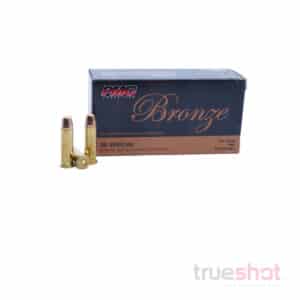38 Special Ammo
Buy 38 Special Ammo Online
As one of the largest ammunition dealers in the United States, True Shot Ammo has better service and better prices for .38 Special ammo in-stock that is ready to ship fast - making us one of the best places to
buy ammo online.











